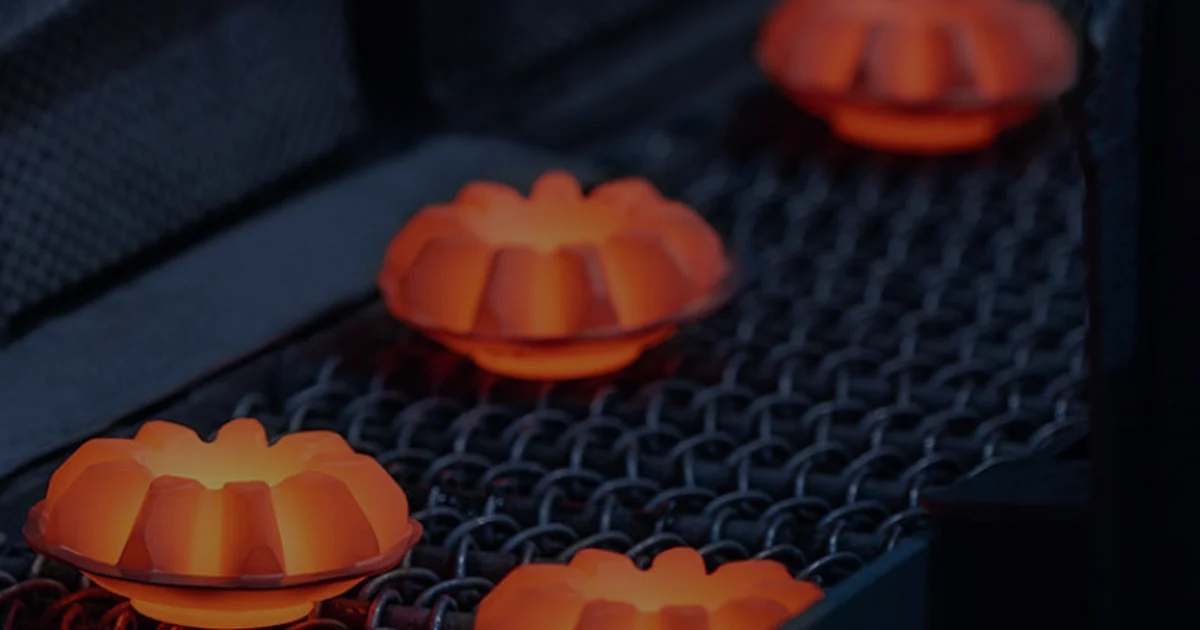Samsung’s latest-generation Galaxy S smartphones debuted in January, just like their 2024 predecessors. The Galaxy S25, Galaxy S25+, and Galaxy S25 Ultra feature enhanced hardware upgrades and more sophisticated AI experiences, all housed in glass and metal designs that are instantly recognizable. Pricing remains consistent with last generation’s. The Samsung Galaxy S25 starts at $800, the S25+ priced at $200 more, and the premium S25 Ultra featuring a hefty $1,300 sticker price.
Chip upgrade and a few smaller design and hardware tweaks aside, the Samsung Galaxy S25 and Galaxy S25+ phones are damn near identical to their outgoing Galaxy S24 siblings. Thanks to more rounded corners and flat-instead-of-curved titanium frame, as well as a bigger screen flanked by slimmer bezels, the S Pen-equipped Galaxy S25 Ultra is easier to tell apart from the previous iteration. Still, it is not fundamentally different from last year’s Galaxy S Ultra.
How We Tested
Keeping the familiar appearance and (mostly) invisible upgrades of the Galaxy S25 trio of Androids in mind, I spent the weeks after their debut alternating between them as my primary devices. I meticulously examined each product’s design, ergonomics, everyday performance, and mixed-use battery life.
I also paid close attention to the new Galaxy phones’ Android platform experience and AI enhancements. Here’s how every Samsung Galaxy S25 variant stacks up not only against its direct predecessor but also today’s top smartphones.
Samsung Galaxy S25, Galaxy S25+, and Galaxy S25 Ultra, Reviewed
Hardware and performance: the best reason to upgrade.
Qualcomm’s Snapdragon Elite chip that powers every Samsung Galaxy S25 iteration is the primary reason to consider upgrading. Featuring a cutting-edge three-nanometer lithography, the component delivers a perfect mixture of class-leading graphics and processing power and energy efficiency. It makes the new phones considerably more powerful than the Galaxy S24 family without sacrificing battery life.
An improved cooling setup with a larger vapor chamber allows the Galaxy S25 can perform at a peak level longer than the previous generation. This is crucial for long gaming sessions and for using the phone as a desktop computer with an external monitor and keyboard via Samsung’s DeX platform. I could enjoy longer gaming sessions on phones without them getting uncomfortably warm and dropping frame rates.
During my testing, every Galaxy S25 delivered fast app interactions and effortless multitasking, with the latter involving toggling between 10-15 open apps. Cloud and local gaming on the phones was super enjoyable, too. Onscreen action was consistently smooth.
I have nothing but high marks for the battery life of every Galaxy S25 variant. I got a full day of mixed use from the phones without having to be mindful about my app workflow or switching my screen brightness from an auto mode that’s based on the ambient lighting around me to a lower setting.
The devices’ wired and wireless charging speeds are also stellar, though the S25 is a tad behind the rest of the lineup in the former. It could really use a bump to match the competition.
Chipset and meaningful wireless connectivity upgrades like Wi-Fi 7 and Bluetooth 5.4 aside, the Galaxy S25 and Galaxy S25+ have remained the same as the outgoing generation. Their display panels, battery size, storage capacity, and camera hardware have remained the same. Thankfully, every iteration comes with 12 GB of RAM (or more) out of the box. Last year’s entry-level Galaxy S24 models had only 8 GB.
The range-topping Galaxy S25 Ultra has gotten a more comprehensive set of hardware upgrades, headlined by a bigger 6.9-inch display panel, if not considerably so, than the Galaxy S24 Ultra’s 6.8-inch unit. The display is also protected by a tougher Corning Gorilla Armor 2 cover. Samsung also treated the new Ultra to a higher-resolution ultra-wide camera sensor.
The camera: not much new, but still impressive.
Camera performance has traditionally been excellent for Samsung Galaxy S phones, and the latest installments are no exception. Every S25 variant captured beautiful photos and crisp video footage, including in low-light scenes when I tested them.
The Samsung gallery app’s set of tools for editing the images in videos is also impressive. In addition to advanced image-altering capabilities for removing objects, AI makes tuning out unwanted ambient noise from video recordings surprisingly easy.
The Ultra is once again my pick in the range for its vastly superior image resolution and zoom capabilities. The new ultra-wide sensor makes it the only Galaxy S25 release with camera improvements over the previous one. The pedestrian ultra-wide and telephoto cameras S25 and S25+ put them behind competitors like the Google Pixel 9, Pixel 9 Pro, and OnePlus 13.
Google Gemini is your default helper.
Galaxy AI was a defining new feature of the Galaxy S24 lineup, and Samsung took its comprehensive set of tools to a higher level in the sequel. Every S25 iteration has Gemini Advanced — Google’s mighty AI assistant — out of the box, allowing upgraders to tap into its smarts and vast capabilities by long-pressing their device’s power button.
Gemini can handle requests by interacting with multiple apps on the Samsung Galaxy S25, saving time and sifting through information. I could search Gmail for an upcoming trip abroad and set calendar reminders for my departure dates in a matter of seconds. I could also quickly look up highly-rated restaurants at my travel destination and share details with my travel companion using Gemini prompts.
Gemini Live is also available, enabling users to interact with the virtual helper in a manner that resembles a conversation with another human. Better yet, it can provide helpful and actionable information based on the content you are viewing. I enjoyed Gemini Live when I first experienced it on Google’s Pixel 9 Android phones last year. It’s fantastic to see the supercharged newer version featured in more high-end devices like the Samsung Galaxy S25.
… Plus more AI upgrades.
Other AI-powered Galaxy S25 improvements include an upgraded circle to search with the ability to look up the background music of a video you’re watching on the device and an enhanced gallery search feature for finding photos by typing the object or location. The latter is a genuine time saver, as phone galleries usually have thousands of photos and videos. In addition, an AI-generated Now Brief served me with helpful information to help me kick off and wind down my day.
Of course, the generative AI tools included in every Samsung Galaxy S25 version are also abundant and easy to access. There is the option to remove objects from photos or create impressive artistic renderings based on them.
Sketch to image was my favorite generative AI tool. It could generate shareable digital art based on my rough sketches, completely making up for my lack of drawing skills. I had a ton of fun with the functionality.
Is the upgrade worth it?
The Galaxy S25, Galaxy S25+, and Galaxy S25 Ultra are thoroughly excellent smartphones and guaranteed to be among the best to arrive in 2025. If you are on the market for a high-end Android, these gadgets absolutely deserve your attention. Regardless of which one you choose, you’ll get a sleek, durable, and powerful device with deep AI integrations and seven years’ worth of Android updates.
However, it’s hard to make a case for upgrading to any Galaxy S25 from its predecessor, especially knowing that the Galaxy S24 phones will also receive the above AI features through an upcoming Android 15 platform update with Samsung’s One UI 7 custom interface. The standard Galaxy S25 and the Plus model look and feel particularly iterative, too similar even, to their year-old relatives. With rounded corners, a marginally bigger screen, and a new ultra-wide snapper, the new Ultra looks and feels fresher in comparison.
If you do upgrade, here’s how to pick a phone.
The Galaxy S25 Ultra is my pick in this year’s lineup because it ticks every box a top-tier phone should. Its big screen, integrated S Pen stylus, massive battery, and super versatile, high-resolution camera setup are worth splurging on, so long as you don’t mind its considerable footprint.
On the other hand, the starter Galaxy S25 stands out by being compact and easy to operate with one hand without skimping on hardware oomph. High-end Androids with class-topping power are usually big, so it’s great to see a more pocket-friendly alternative. Its $800 starting price before discounts is also quite palatable.
The Galaxy S25+ has a bigger and sharper screen and higher-capacity battery for $200 more than the S25. It’s tougher to recommend, unless you are hellbent on getting a big and powerful Samsung Galaxy S without dropping $1,300 on the Ultra. A OnePlus 13 will get you better hardware specs and performance at a lower price, while the Google Pixel 9 Pro will offer you a vastly superior camera and more RAM if you don’t mind living with a smaller screen.
Shop Samsung Galaxy S25, S25+, and S25 Ultra

Stefan is the senior technology editor for Best Products, where he’s been covering the tech industry and testing the latest gadgets since 2015. He is an award-winning editor with more than a decade of experience reporting on and reviewing consumer tech products, especially smartphones, tablets, laptops, and audio gear like headphones, earbuds, speakers, and soundbars. Stefan was previously the U.S. editor for GSMArena.com. His writing can also be found in Popular Mechanics.













